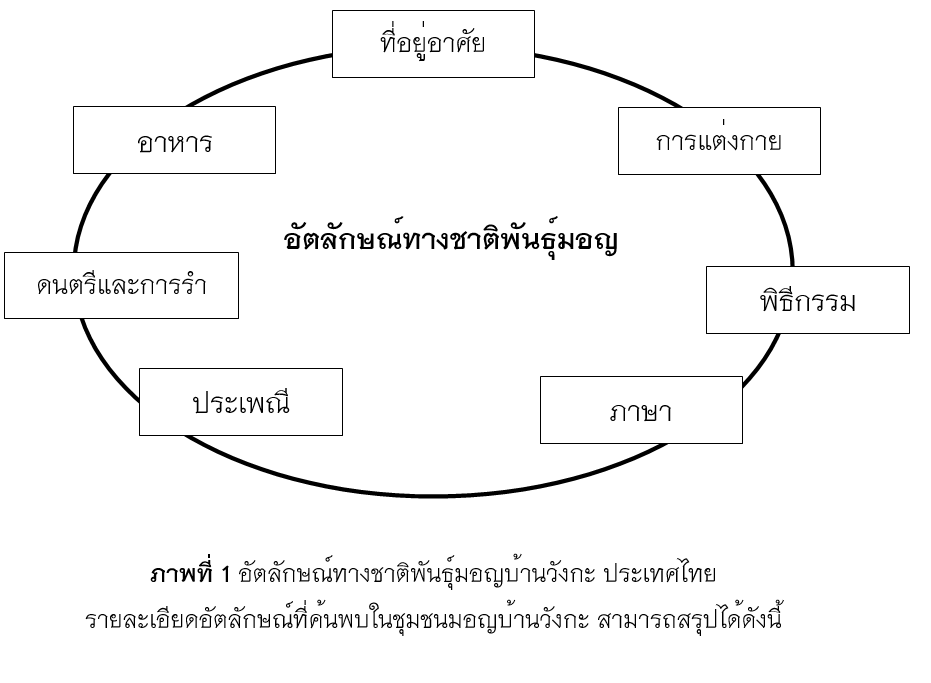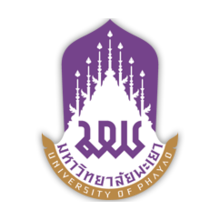The Learning Process of Mon Ethnic Identities: A Case Study of Ban Wang Ka, Nong Lu Sub-district, Sangkhla Buri District, Kanchanaburi Province
Keywords:
Ethnic identities, learning process, Ethnic borderAbstract
The ethnic Mon of Ban Wang Ka immigrated to Thailand in 1948 mainly because of political reason. Their ethnic identities are results of economic, social and political interactions and selections of cultural differences as their symbols using the past to serve the present. These identities are language, housing, dressing, food, rituals, beliefs, traditions, music and dance. The learning process of Mon ethnic identities happens as community culture where people struggle for wellbeing and survival. Relationship in the community causes production culture. They build a value system with various rituals that lead to a relationship system that makes people in the community live together happily with peace. This illustrates the multi-identities of the ethnic Mon of Ban Wang Ka as reflected in the slogan “Thai bodies with Mon’s hearts”.
References
เจือจันทร์ วงศ์พลกานันท์. (2549). กระบวนการสร้างอัตลักษณ์ของสตรีชายแดนกลุ่มชาติพันธุ์มอญและปฏิสัมพันธ์กับกลุ่มพม่าและไทย: กรณีศึกษาชุมชนมอญในจังหวัดกาญจนบุรี. สาขาวิชาสหวิทยาการ ดุษฏีนิพนธ์ปรัชญาดุษฏีบันฑิต. มหาวิทยาลัยธรรมศาสตร์.
นิยพรรณ วรรณศิริ. (2550). มานุษยวิทยาสังคมและวัฒนธรรม. กรุงเทพฯ: ธนาเพรส จำกัด.
ปาริชาติ วลัยเสถียร และคณะ. (2552). กระบวนการและเทคนิคการทำงานของนักพัฒนา. กรุงเทพฯ: สำนักงานสนับสนุนการวิจัย (สกว.).
วสันต์ ปัญญาแก้ว. (2555). ลื้อข้ามแดน การเดินทางของคนหนุ่มสาวชาวลื้อเมืองยอง รัฐฉาน ประเทศพม่า. เชียงใหม่: วนิดาการพิมพ์.
วันดี สันติวุฒิเมธี. (2545). กระบวนการสร้างอัตลักษณ์ของชาวไทยใหญ่ชายแดนไทย – พม่า กรณีศึกษาหมู่บ้านเปียงหลวง อำเภอเวียงแหง จังหวัดเชียงใหม่. วิทยานิพนธ์มานุษยวิทยามหาบัณฑิต สาขามานุษยวิทยา มหาวิทยาธรรมศาสตร์.
สุเอ็ด คชเสนี. (2527). วัฒนธรรมประเพณีมอญ. เมืองโบราณ. 10 (3). 50 – 63.
สุจริตลักษณ์ ดีผดุง และประภาศรี ดำสะอาด. (2550). ที่นี้บ้านวังกะ ฝั่งวัดวังก์ฯ สังขละบุรี. วารสารภาษาและวัฒนธรรม. 26 (1-2) 49 – 74.
Avery, M., B. Auvine, B. Streibel, and L. Weiss. (1981). Building United Judgment: A handbook for consensus decision making. Madison: The Center for Conflict Resolution.Alsoavailableat:http://www.archive.org/details/BuildingUnitedJudgmentAHandbookForConsensusDecisionMaking
Geertz, C. (1973). The integrative revolution: Primordial sentiment and civil politics in the state, in the interpretation of cultures: selected essays, New York: Books.
Winchakul, T. (1999). Siam Mapped: A History of the Geo-Body of a Nation. Honolulu: University of Hawaii Press.

Downloads
Published
How to Cite
Issue
Section
License
Copyright (c) 2021 Phayao University

This work is licensed under a Creative Commons Attribution-NonCommercial-NoDerivatives 4.0 International License.
ผู้นิพนธ์ต้องรับผิดชอบข้อความในบทนิพนธ์ของตน มหาวิทยาลัยพะเยาไม่จำเป็นต้องเห็นด้วยกับบทความที่ตีพิมพ์เสมอไป ผู้สนใจสามารถคัดลอก และนำไปใช้ได้ แต่จะต้องขออนุมัติเจ้าของ และได้รับการอนุมัติเป็นลายลักษณ์อักษรก่อน พร้อมกับมีการอ้างอิงและกล่าวคำขอบคุณให้ถูกต้องด้วย
The authors are themselves responsible for their contents. Signed articles may not always reflect the opinion of University of Phayao. The articles can be reproduced and reprinted, provided that permission is given by the authors and acknowledgement must be given.







